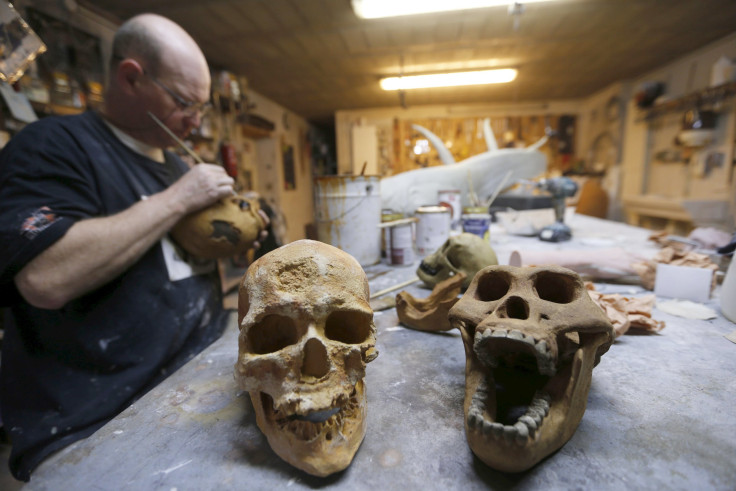Evolution Of Humans: Ancient Human Fossil Found In Taiwan Complicates Picture

An ancient fossil of a human ancestor was found by fishermen off the coast of Taiwan. The discovery brought out the suggestion that the fossil belonged to an unknown lineage of ancient humans. It is the first discovery of hominin remains that has been found in Taiwan.
According to the Daily Mail, the fossil was a jawbone with unusually large teeth when compared to other fossils that were found in East Asia, and it was estimated by anthropologists that the ancestor lived in the area about 200,000 years ago. It also said that there could have been species of ancient humans living in the area 55,000 years ago before the modern humans arrived.
The fossil was removed with the help of a fishing net from a distance of about 25 kilometres off the coast of Taiwan in a channel called the Penghu submarine channel. Anthropologists at the National Museum of Natural Science in Taiwan as well as at the National Museum of Nature and Science in Tokyo studied the fossils. They said that it was very different from other fossilised humans that they had found earlier in Asia.
The anthropologists said that the fossil suggested that the jawbone of the "Penghu man" was of a different evolutionary origin when compared to the Homo erectus, extinct species that lived in Pleistocene. Homo erectus had narrower jawbones, in addition to smaller teeth.
Dr Youske Kaifu is an anthropologist who was involved the study and belongs to the National Museum of Nature and Science. He said that it was a well-preserved small fragment which contained a lot of useful information which would help in the evaluation of its evolutionary position. He said that the researchers were confident that it was different from the populations of the known Homo erectus that lived in northern China and Java and that it represented a group that had been unrecognised.
He went on to say that if the looks of modern humans and the ancient fossils were compared, then they could come to the conclusion that the species looked very different. He said that the new fossil was different from modern humans in robusticity and not just size. The width of the lateral part of the bone measured 20.7 millimetres, while modern humans, on an average, measure 14 millimetres.
Contact the writer: afza.kandrikar@gmail.com





















